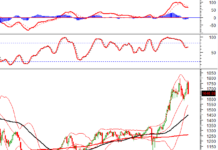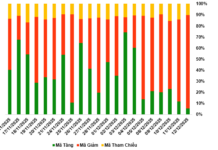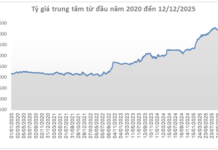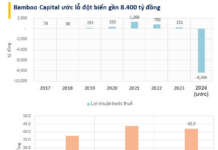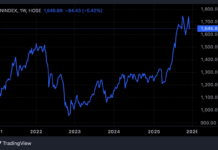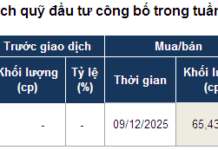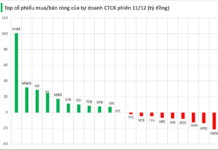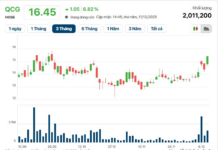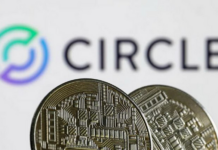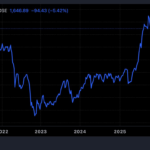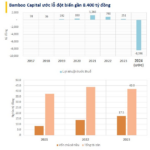Since 2022, the S&P 500 index of US stocks has risensection heading
risen over 60%, largely driven by the strong momentum of large tech stocks. This has pushed the market’s concentration into a few stocks to its highest level in decades.
There were times this year when analysts were concerned about a possible US recession. But at least for now, it looks likely that the world’s largest economy will experience a soft landing.
Each US recession has different causes, so their impact on the stock market varies. For example, the economic downturn in the 1980s caused a milder drop in the S&P compared to the 2000s.
From 1970 to the present, the recessionary phases in the world’s largest economy have usually caused sharp downturns in the stock market, with the S&P averaging a 36% decline. Accordingly, assuming an impending recessionsection heading
recession in the US, the S&P 500 could fall to its lowest level recorded in 2022.
The infographics below show the sharp downturns of the S&P 500 during US recessions from 1970 to the present, based on data from Goldman Sachs.

As visible, the sharpest decline in US stocks occurred during the global financial crisis. The S&P 500 index lost more than half of its value. Notably, the stock prices of large financial companies such as Citigroup and AIG fell by more than 90% due to their significant exposure to subprime loans.
In the years leading up to the crisis, the US housing market had been overheating, fueled by the subprime mortgage market that began in 1999. By 2008, subprime borrowers started defaulting on their loans, leading to 3.1 million foreclosure filings that year.
The dotcom bubble of the 2000s marked the second-largest drop in the stock market, with the S&P 500 index falling by 49%. As the Federal Reserve began raising interest rates in 1999 and 2000, the highly valued internet stocks at the time were the hardest hit. Companies like Amazon, Yahoo, and Qualcomm saw their stock prices plummet by over 80%. While many companies that emerged from the dotcom bubble went bust, others like Amazon rebounded and witnessed spectacular growth in the decades that followed.
During the recessions of the 1980s and 1981-1982, the Fed, under the leadership of Paul Volcker, implemented tight monetary policies to curb inflation by raising the federal funds rate to a record high of over 19% in 1981.
Although the tight monetary policy environment caused economic downturns, the US stock market recorded milder declines during these recessions. In fact, the 1980s went on to become one of the strongest decades for the S&P 500, with a growth of 232% over the decade.



